The GIGABYTE Z390 Aorus Master Motherboard Review: Solid, But Not Special
by Gavin Bonshor on March 21, 2019 12:30 PM EST- Posted in
- Motherboards
- Intel
- Gigabyte
- ATX
- LGA1151
- i7-8700K
- Z390
- Aorus Master
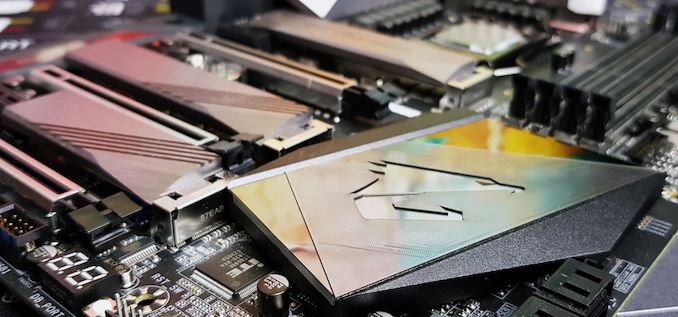
The mainstream motherboard market is still predominantly focused on gamers and gaming features. From the useful to the inane, saying a device is 'gaming' is clearly bringing in the sales, and it becomes an all out marketing war. Each company is clearly trying to build a gaming brand beyond the company name, even if it means always being confused at how to pronounce it (Ay-orus, or Or-us?). Nonetheless, it is clear that each motherboard company is piling on the R&D dollars, as well as the design dollars, to ensure that it can convince users to part with some hard earned money in their next build. GIGABYTE's latest attempt is the Z390 Aorus Master, a motherboard that on paper sets its sights on features, aesthetics, and capability.
The GIGABYTE Z390 Aorus Master Overview
The GIGABYTE Z390 Aorus Master looks to offer one of the most comprehensive blends of features, aesthetics and highly competitive controller set in its price bracket. The GIGABYTE Z390 Aorus Master advertises a strong 12-phase power delivery for enthusiasts and overclockers, a Realtek ALC1220-VB HD audio codec with an ESS Sabre 9118 DAC to assist and an Intel 9560 802.11ac Wi-Fi adapter.
The GIGABYTE Z390 Aorus Master is a full-sized ATX motherboard and is advertised to have a large 12-phase power delivery. The board has a trio of PCIe 3.0 full-length slots with the top two slots operating at x16/x0 and x8/x8 from the CPU and the third slot wired directly to the Z390 chipset which runs at x4; all three full-length slots feature metal slot reinforcement and offers support for three-way CrossFire and two-way SLI multi-graphics configurations. In addition to this is are three PCIe 3.0 x1 slots which sit above each full-length slot. Along the bottom side of the motherboard is an LED debug and the Z390 Aorus Master benefits from dual BIOS with the selector switches located along the bottom full-length PCIe slot.
Design wise the Z390 Aorus Master looks rather familiar and resembles the previous Z370 Gaming 7 which this model directly replaces. The most notable aspect is the steel PCB brace on the rear of the board which is also present on its much more expensive Z390 Aorus Xtreme boards. The GIGABYTE Z390 Aorus Master also has a full rear IO cover which extends across the power delivery with an L shaped heat sink. Another useful element to the rear panel comes from a pre-installed rear IO shield. Style wise the board offers multi-zone integrated RGB LEDs into the rear panel cover, the chipset heatsink and across the cover which sits across over audio PCB section with further room for expansion due to headers, including two for addressable RGB. Touching more on the rear panel, the Z390 Aorus Master is using three USB 3.1 G2 Type-A ports and a single USB 3.1 G2 Type-C port. In addition to this is two USB 3.1 G1 Type-A ports with GIGABYTE's DAC-UP audio technology and is rounded off with four USB 2.0 ports.
Changing to GIGABYTEs naming schemes aside, the Z390 Aorus Master looks to offer users a high-quality offering with a premium set of controllers with a lot of emphasis on audio quality with a pairing consisting of a Realtek ALC1220-VB HD audio codec and ESS Sabre 9118 DAC. Also included is an Intel 9560 802.11ac CNVi offering compatibility with wireless networks with speeds of up to 1.73 Gbps with an Intel I219-V 1 GbE network port for connection to wired networks. The Z390 Aorus Master also offers users triple M.2 with each slot having its own dedicated heatshield; there are also six SATA ports with support for RAID 0, 1, 5 and 10 arrays.
In our test suite, the GIGABYTE Z390 Aorus Master showed good system performance overall with some very efficient power consumption numbers in idle and load states. The time in our POST time testing also proved fruitful, but the DPC latency performance out of the box gave one of the highest latencies from an LGA 1151 board we have tested so far. In our general testing, the Z390 Aorus Master is competitive, but we unfortunately experienced an anomaly in our game testing with slightly off the mark performance than was expected. This was just outside a margin of error and I will be revisiting the game testing if a new BIOS revision becomes available before the release of the next Intel desktop chipset.
During the overclock testing on the Z390 Aorus Master, we had to take a slightly different approach due to some instability as we went through the multipliers with default power settings. To do the testing we had to make a wave of changes in the firmware which isn’t out of the ordinary and would be beneficial, but it should be noted that it’s the first time I’ve had to do this in a mainboard review. On the actual performance itself, the GIGABYTE Z390 Aorus Master is highly competitive with its power delivery design (doubled six-phase) and managed to run our Intel Core i7-8700K at 5.0 GHz with 1.3 V. Users looking to take accurate CPU VCore readings from the Z390 Aorus Master will need to either download the HWINFO utility and monitor the CPU VOUT sensor under the IR35201 section, or use a digital multimeter with the available voltage check points. It should also be noted that while using the AutoTuning profile which lets the firmware determine which overclock is stable after a test cycle of between 10 and 15 minutes, wasn’t stable and crashed instantly. More is expected from GIGABYTE with this profile, but it’s something other vendors have integrated.
It's clear that the Z390 Aorus Master is targeted towards gamers and enthusiasts looking to harness the quality and performance of the Intel 9th generation Core i7-9700K and i9-9900K processors. The GIGABYTE Z390 Aorus Master looks to have the tools capable of overclocking with an advertised 12-phase power delivery and has its own OC button and header located at the top corner of the PCB. With a Thunderbolt 3 GPIO header onboard, the Z390 Aorus Master is one of only a select few to have one and that adds to the overall uniqueness; it's hard in a large segment to stand out from the crowd, which the Z390 Aorus Master is looking to do. With a price tag of $290 at both Amazon and Newegg, it is pitted directly against models such as the ASRock Z390 Phantom Gaming 9 ($270), the ROG Maximus Hero ($290) and the MSI Z390 ACE ($290) models.


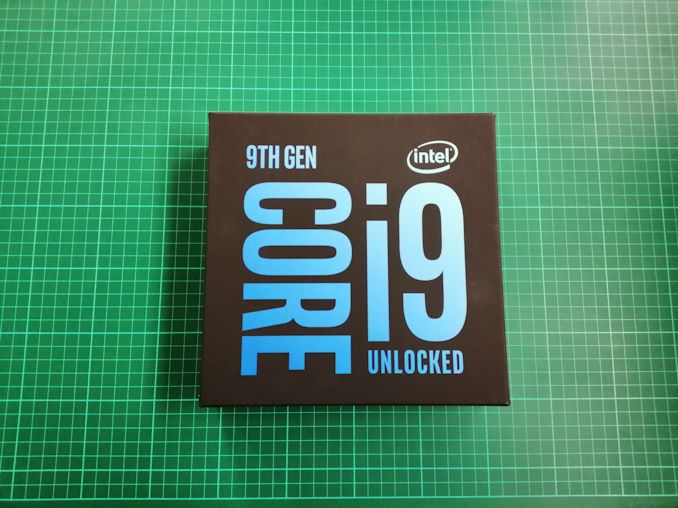
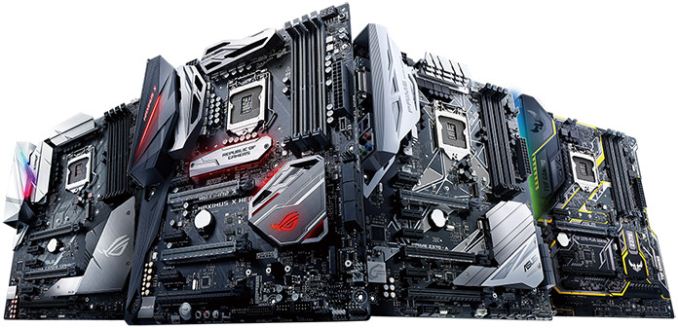
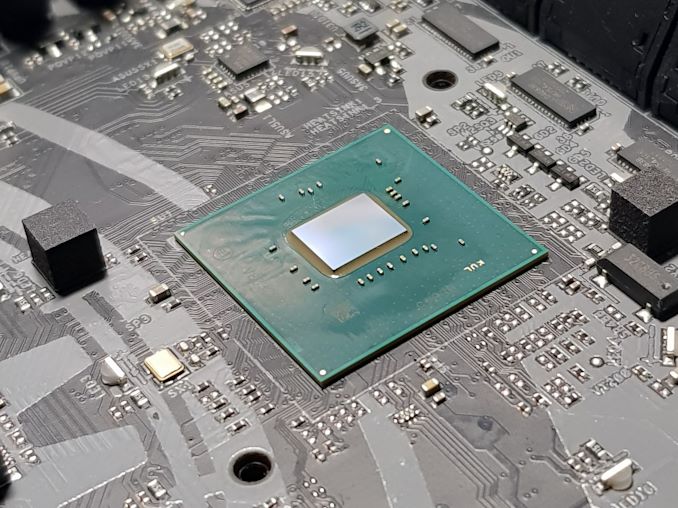

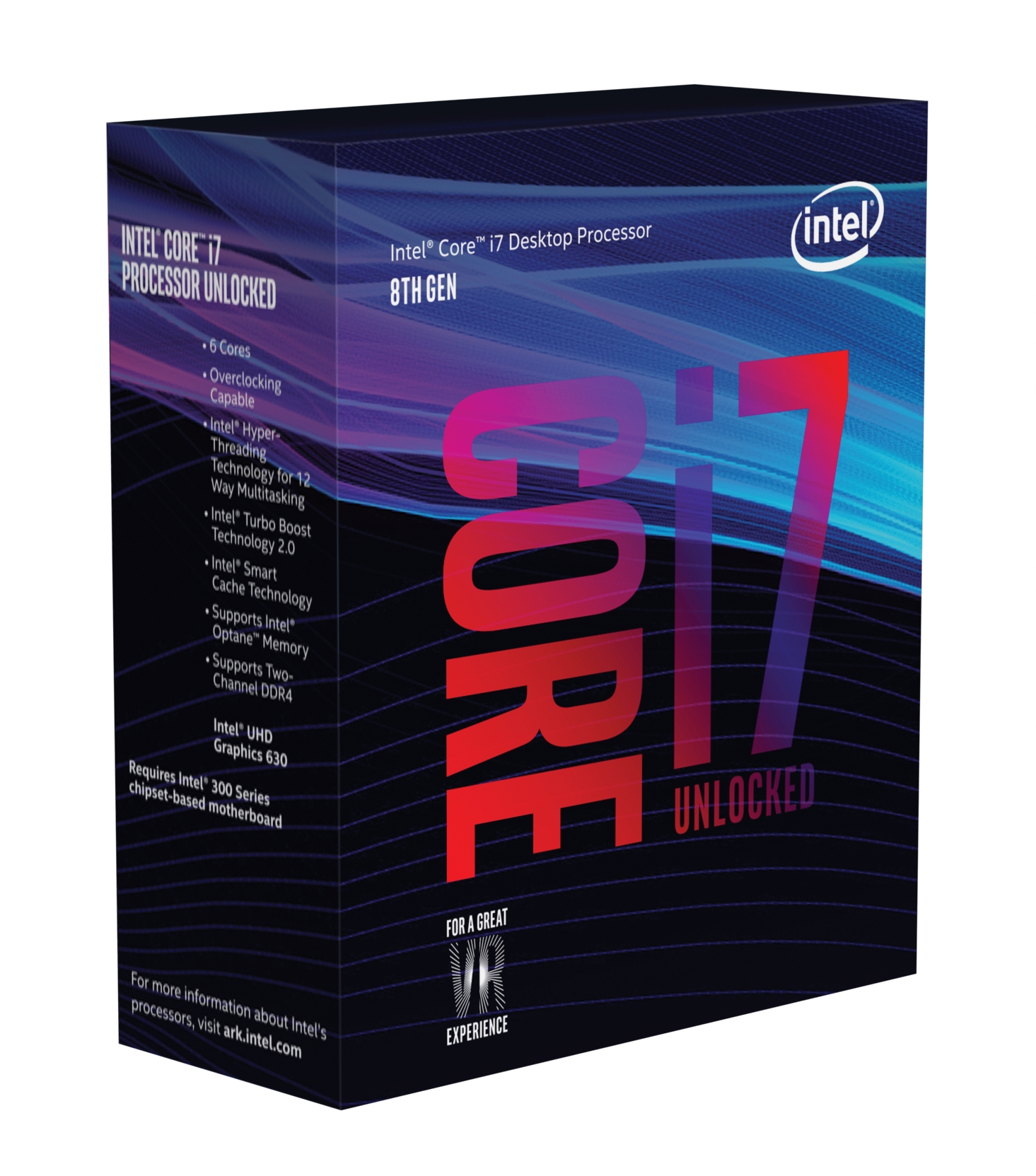
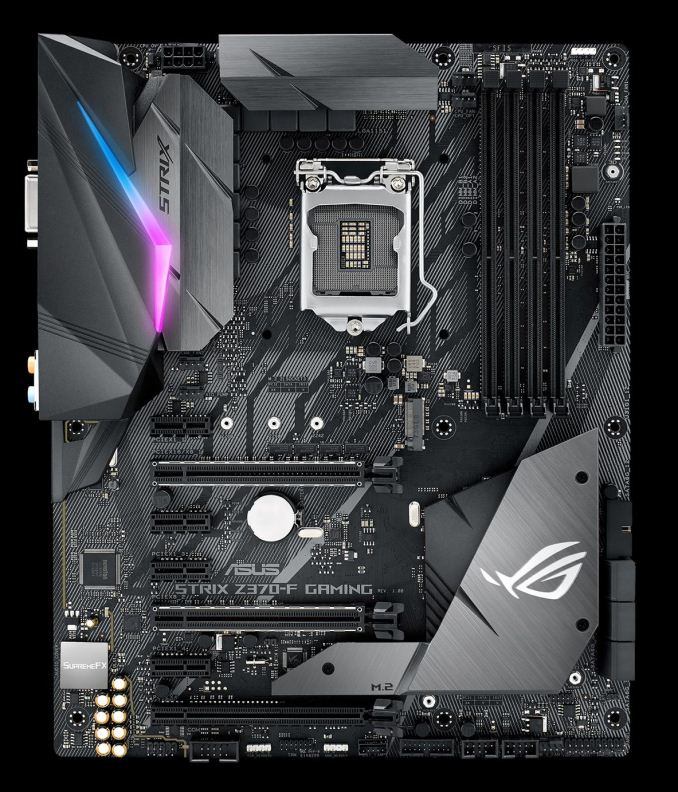
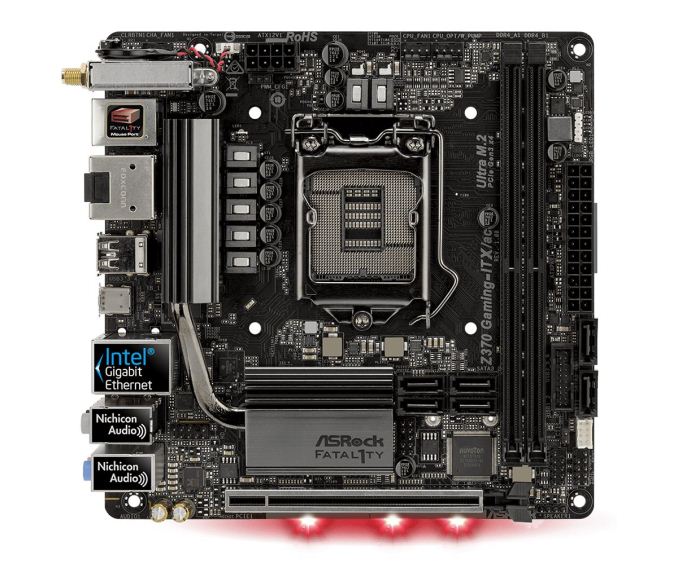
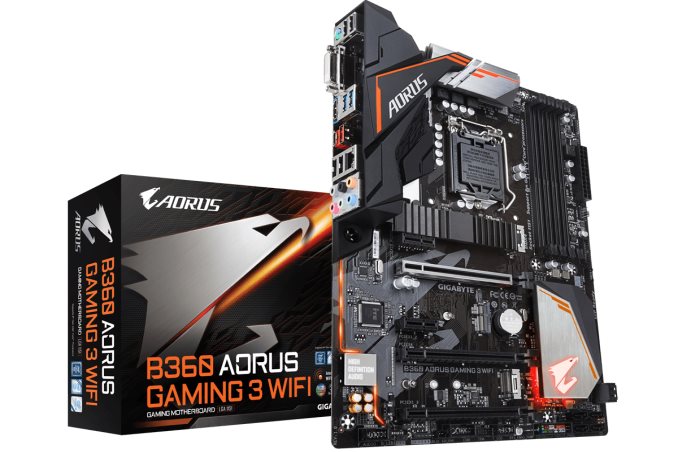
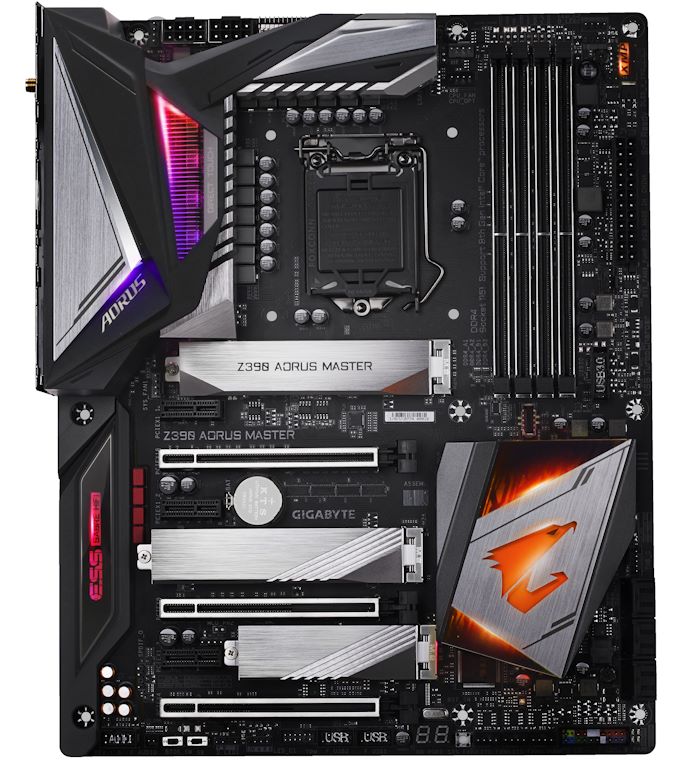









36 Comments
View All Comments
spaceweasel - Monday, May 27, 2019 - link
Solid 5.0Ghz at 38C, at idle, on my Aorus Master, with F8 BIOS. One of the best motherboards I have ever used.3dfx_Rampage - Friday, March 22, 2019 - link
And yet a bottom of the barrel Asus board performed better. More phases does not automatically make a VRM better.shaolin95 - Thursday, April 4, 2019 - link
hahahahaha BS...Asus you can cook on it but that is how butthurt Asus fanboys are. CAnt accept that on z390, Asus dropped the ball big timeOpencg - Wednesday, March 27, 2019 - link
for all those phases it sure comes out alot slower than the asus boardsCyruskain - Thursday, March 21, 2019 - link
"During the overclock testing on the Z390 Aorus Master, we had to take a slightly different approach due to some instability as we went through the multipliers with default power settings."Yes, yes, and yes. I bought this board back in November on Black Friday due to a great sale New Egg had on it (which surprises me that this review is as late as it is. This board is about 5 months old now). But I simply couldn't figure out how to overclock the CPU manually via BIOS on this board due to crashing loops. I ultimately settled on using the Appcenter EZTune software which placed my 9700k @ 5.1 and ~1.3v, although it fluctuates depending on load (of course). I'm happy enough with a software generated 5.1. But OCing this board shouldn't have been as annoying as it was.
I'm actually surprised it was near bottom of the barrel for gaming fps though. Bummer. But I like the Mobo all things considered, especially the amount of USB ports it has.
Oh, and it does have a solid VRM as El Sama stated.
gavbon - Thursday, March 21, 2019 - link
I'm currently testing the GIGABYTE Z390 Aorus Pro WIFI (on the test bench) and the overclocking is pretty similar in experience. As I highlighted in the review, this board (and the Pro WIFI) are the only boards where I've had to adjust LLC and power settings to achieve 5-5.1 GHz.Cyruskain - Thursday, March 21, 2019 - link
@gavbon I'm going to attempt to mirror the BIOS changes you did and see where that nets me. I also attempted to adjust the LLC alongside the freq. multiplier, but I continued to get crashing loops. However, there were things from the article you did that I didn't, so I'm curious to try it out. But, at the end of the day, the software netting me 5.1 isn't anything to scoff at. It's pretty impressive for software.gavbon - Thursday, March 21, 2019 - link
At least the software gave you a stable overclock, to begin with! 5.1 GHz is certainly good, pretty awesome if you ask me!sonny73n - Friday, March 22, 2019 - link
You can OC GPU with software but I would recommend against OCing CPU with software, especially Gigabyte software. Google it!ZedVile - Thursday, March 21, 2019 - link
I have done a bit of testing on this Motherboard both on the test bench and fully integrated into a build. Ring ratio seems to play a role with performance and defaults have changed through-out the bios revisions. Huge variations in performance, CPU voltage requirements and ring ratio defaults.Bios F6 defaulted the Ring ratio to 4.8 while later revisions have lowered the ratio to 4.7 and 4.6.
I have experienced the best bench performance with the 9900k on F6 BIOS ring ratio 4.8 and at 5.0GHZ all core at 1.285 Volts. B-die at 4266 1.5v
Passes Intel Burn Test very high and maximum. 5.2GHZ @ 1.375 also passes IBT very high on F6 bios.
On the contrary bios F8e requires 1.325v @5.0GHZ and does not pass IBT @ maximum. Performance is also down if the ring ratio is not manually adjusted back up to 48.
Buildzoid has a great vid on samsung B-die overclocking on the Z390 Master
Over on the Gigabyte forum users have complained about XMP profiles and RAM compatibility throughout the bios revisions...
@Gavin Which bios revision were you using, and did you test DPC latency & gaming perf with different bios revisions?